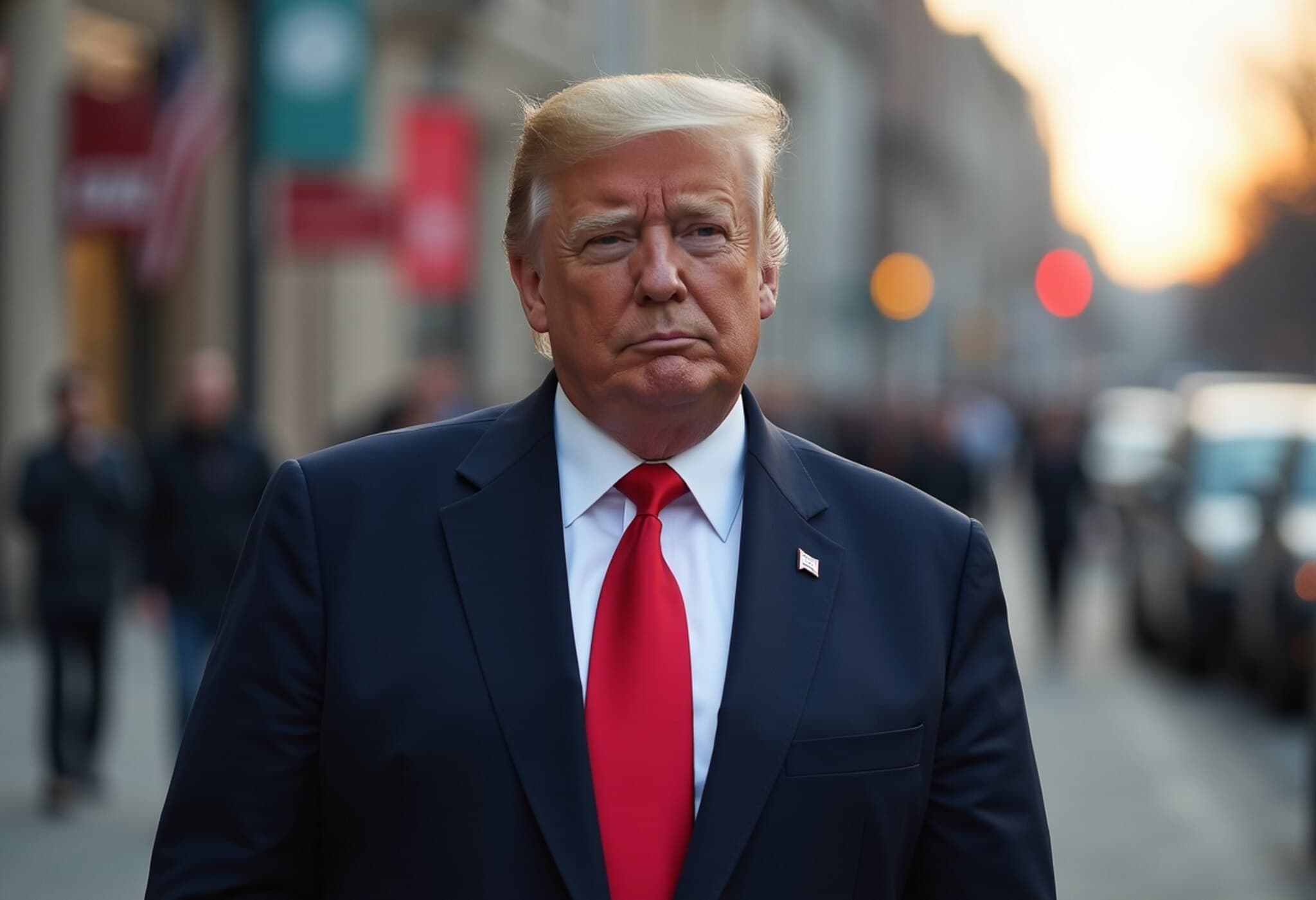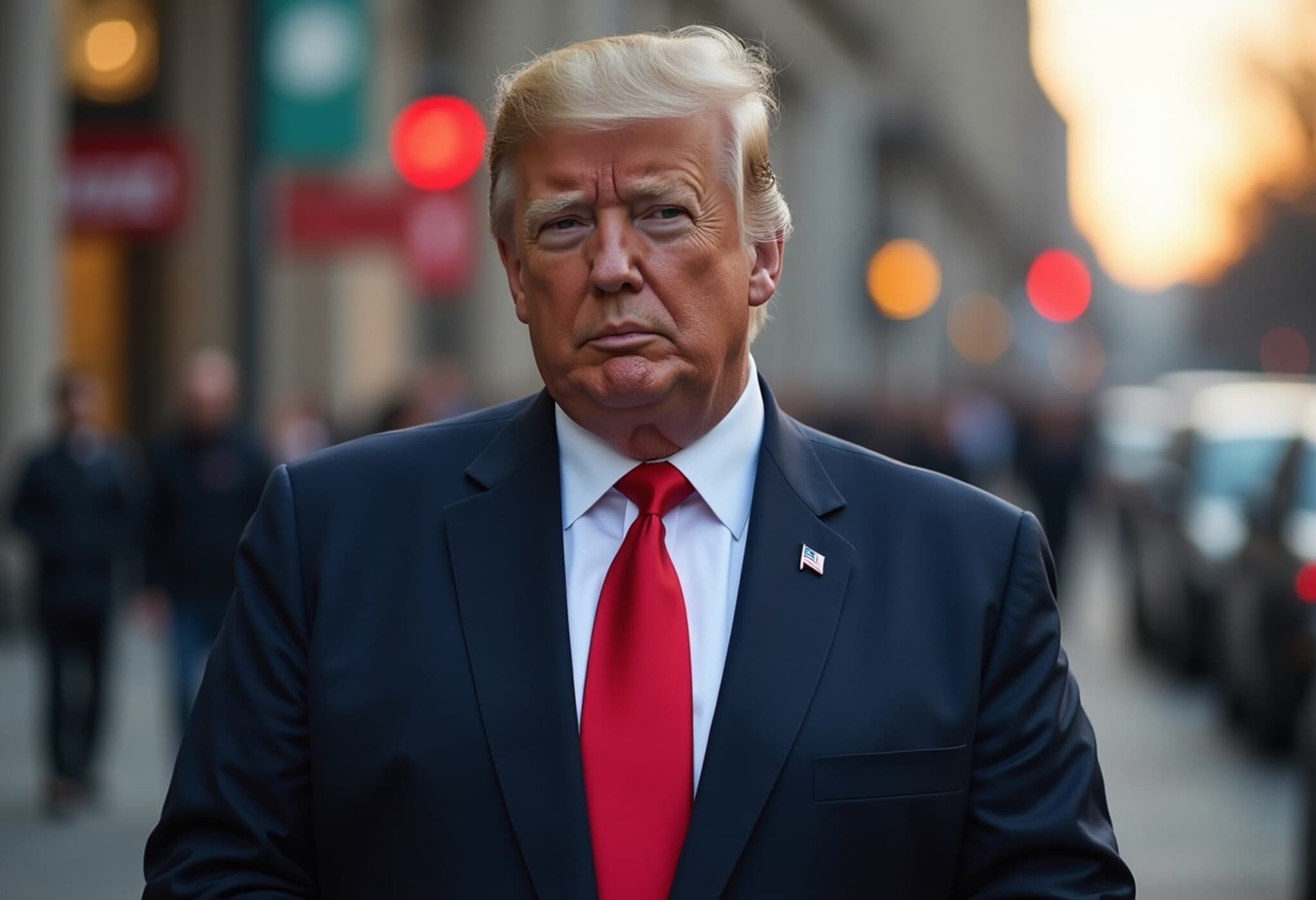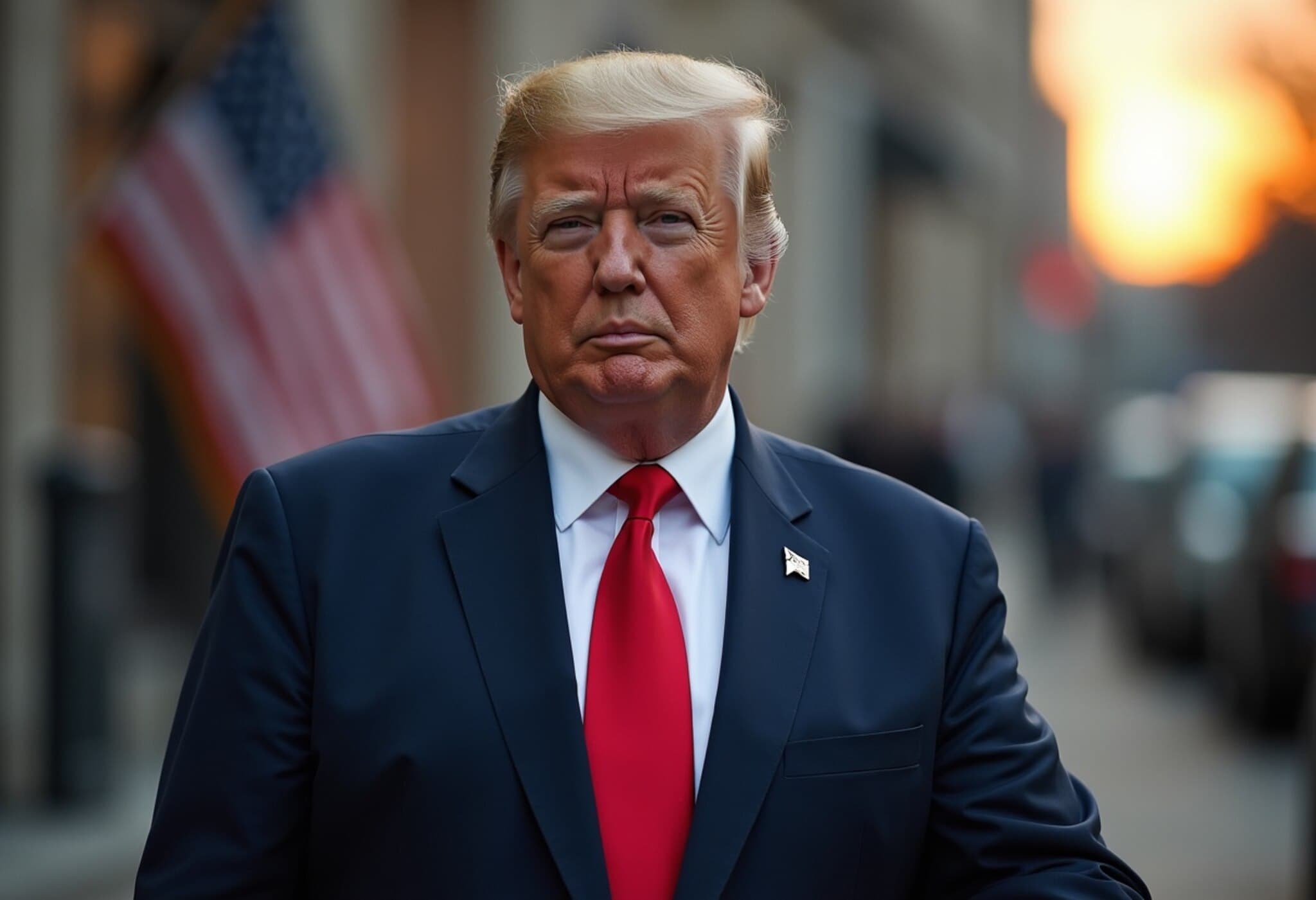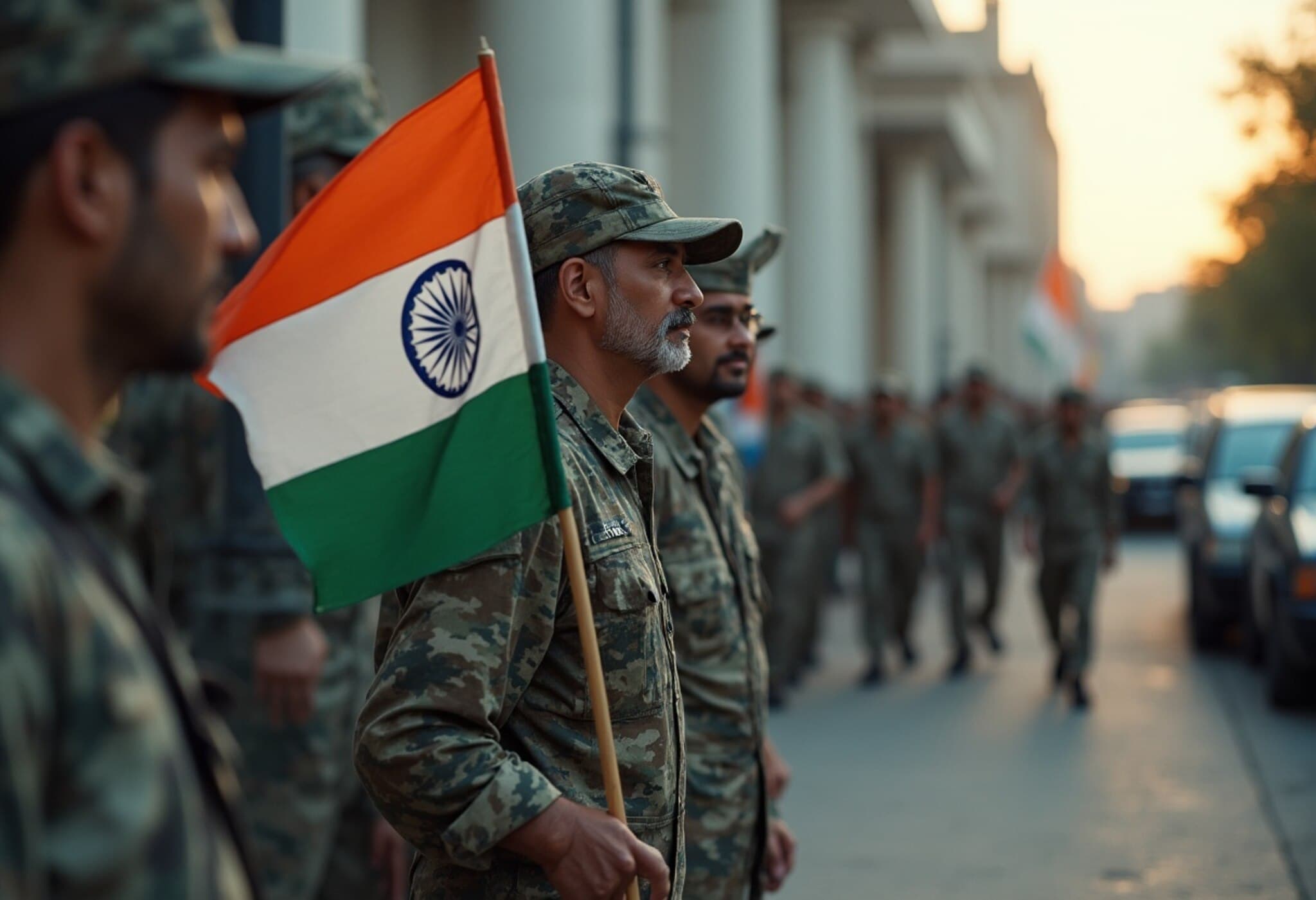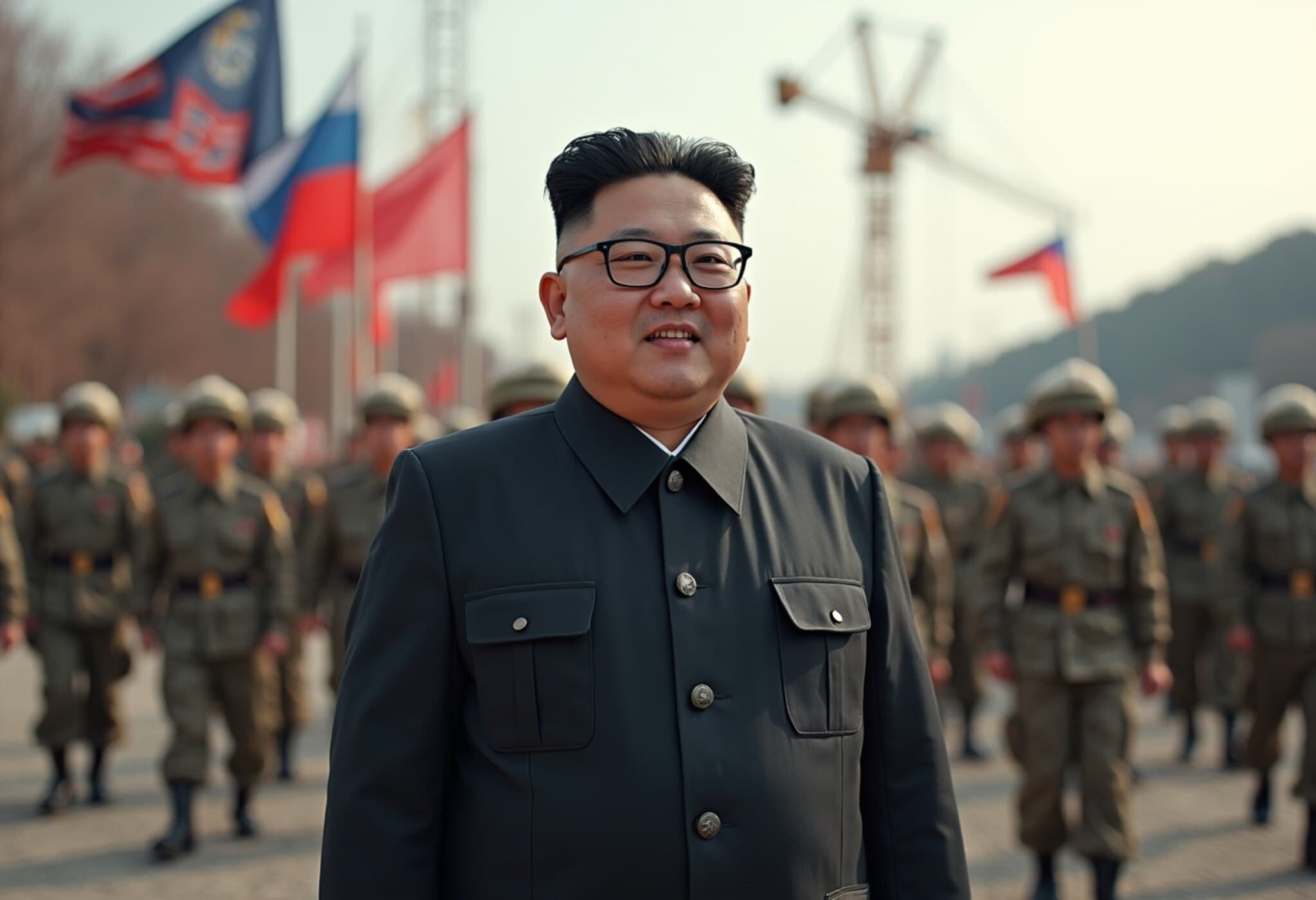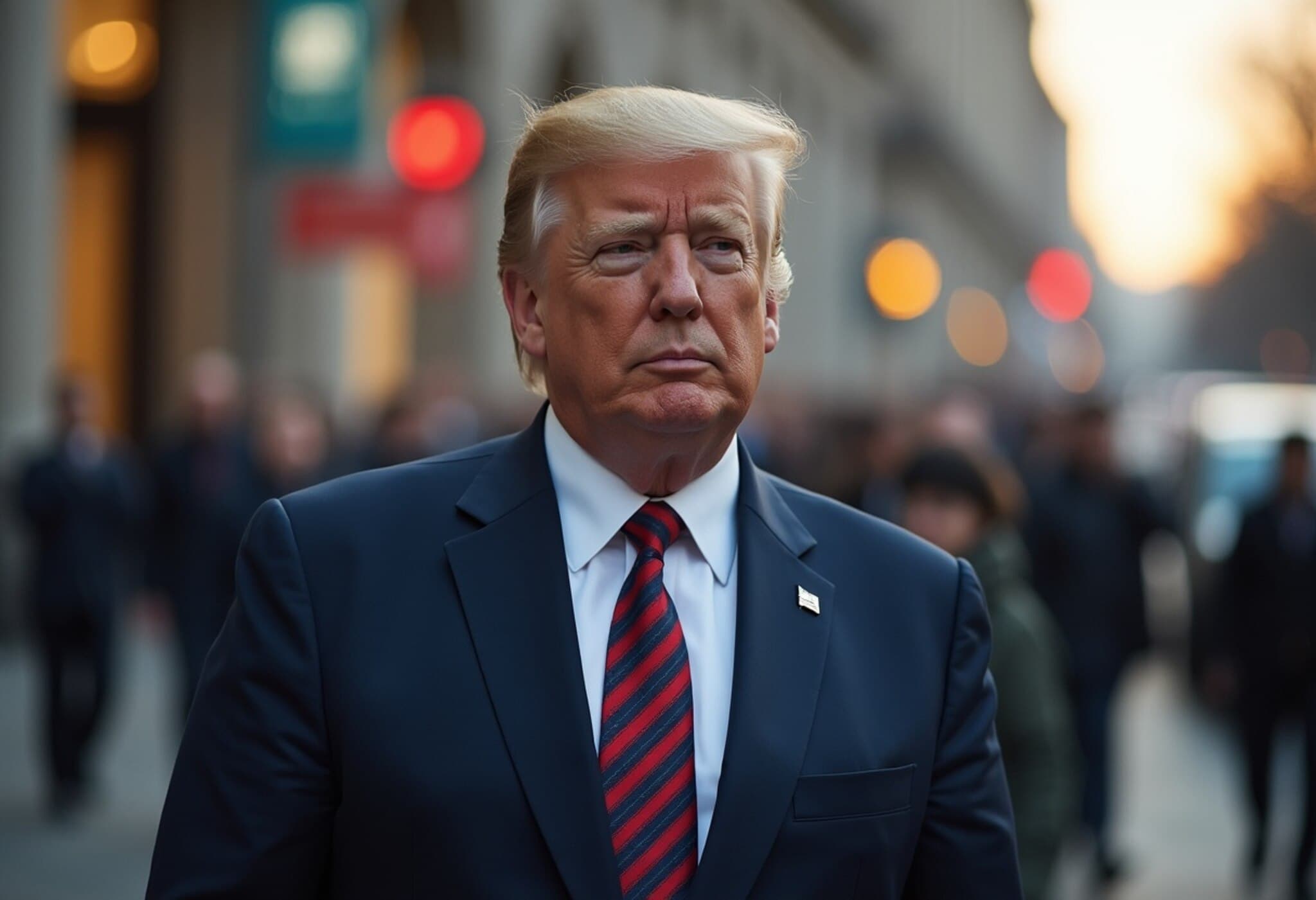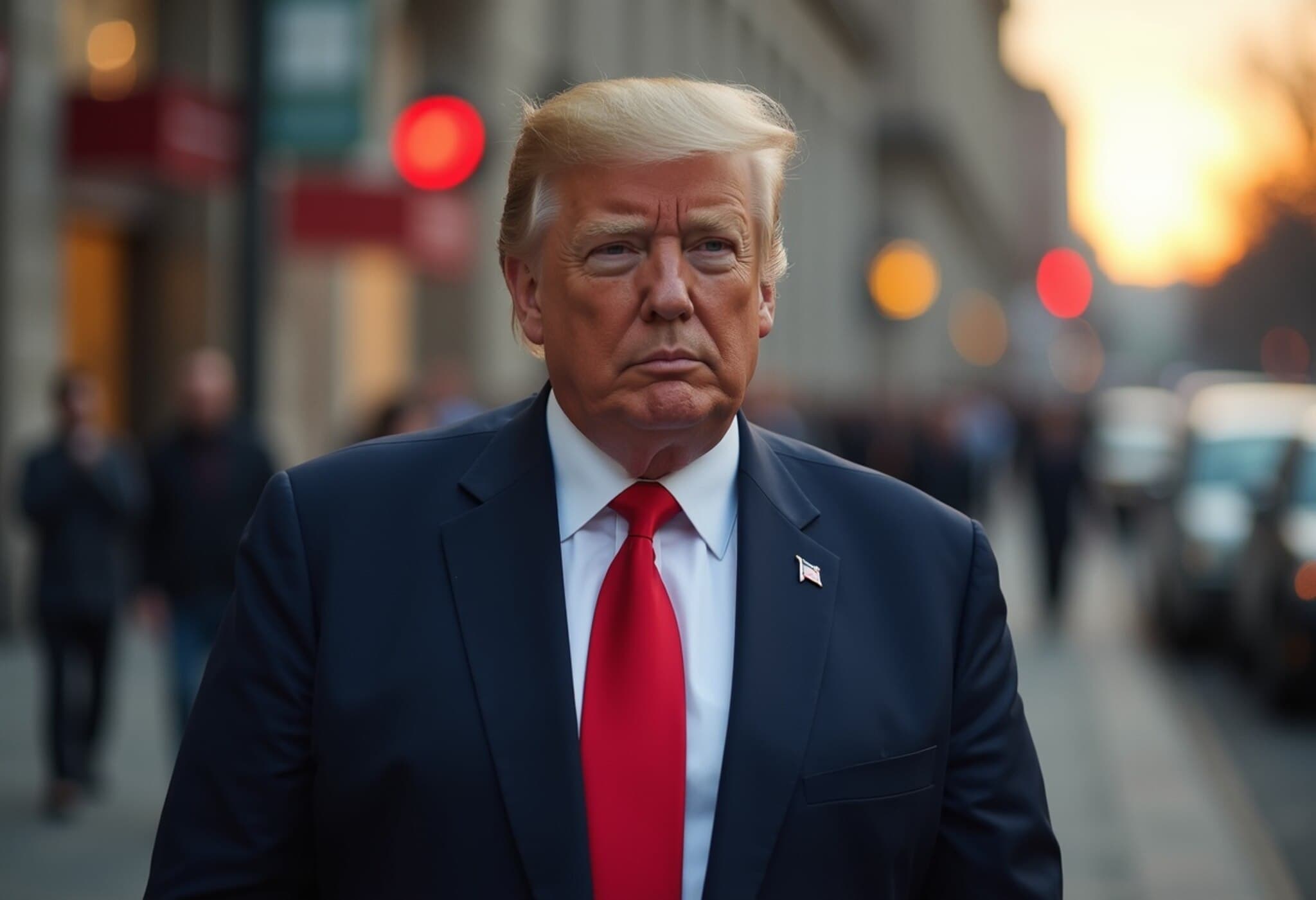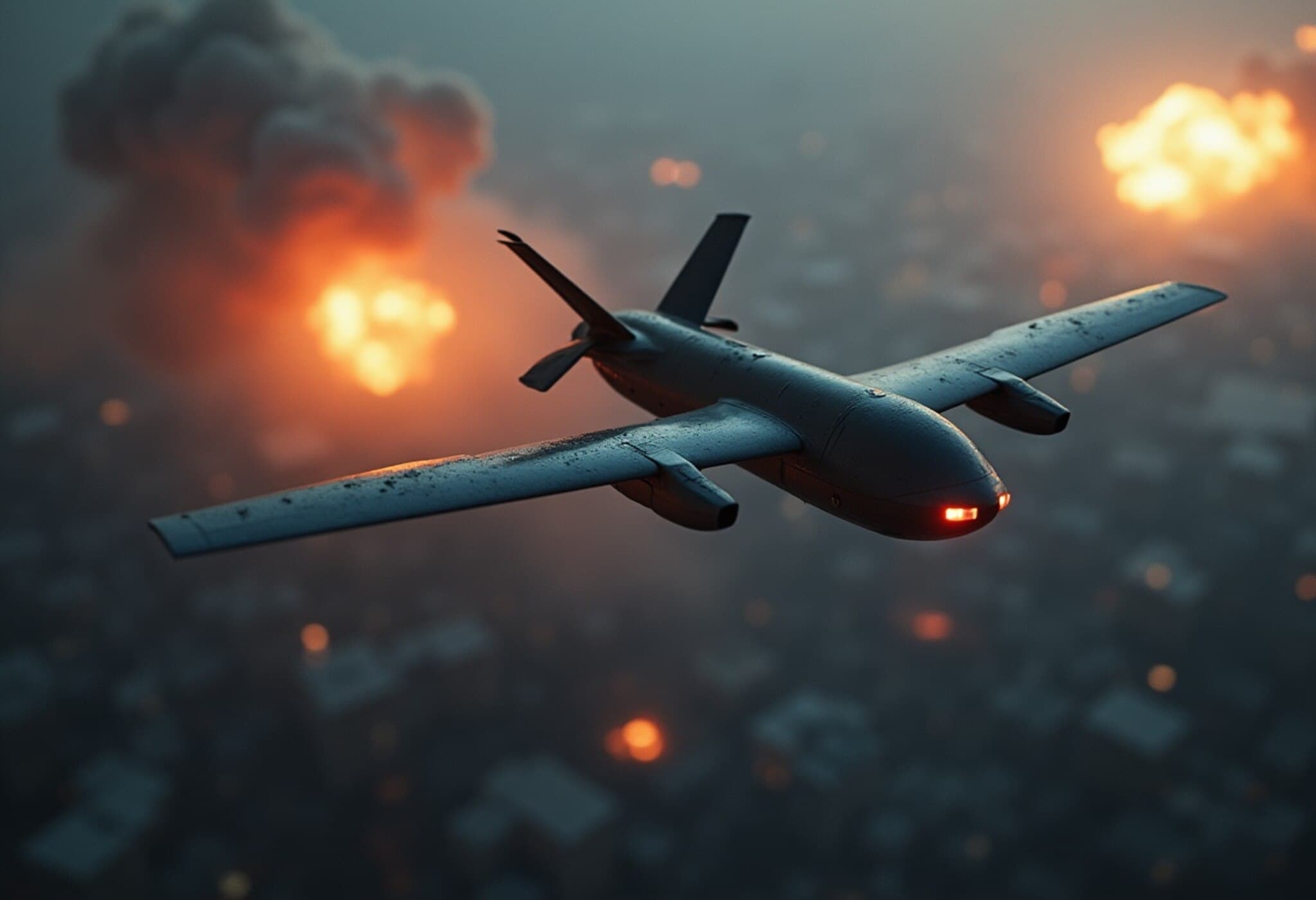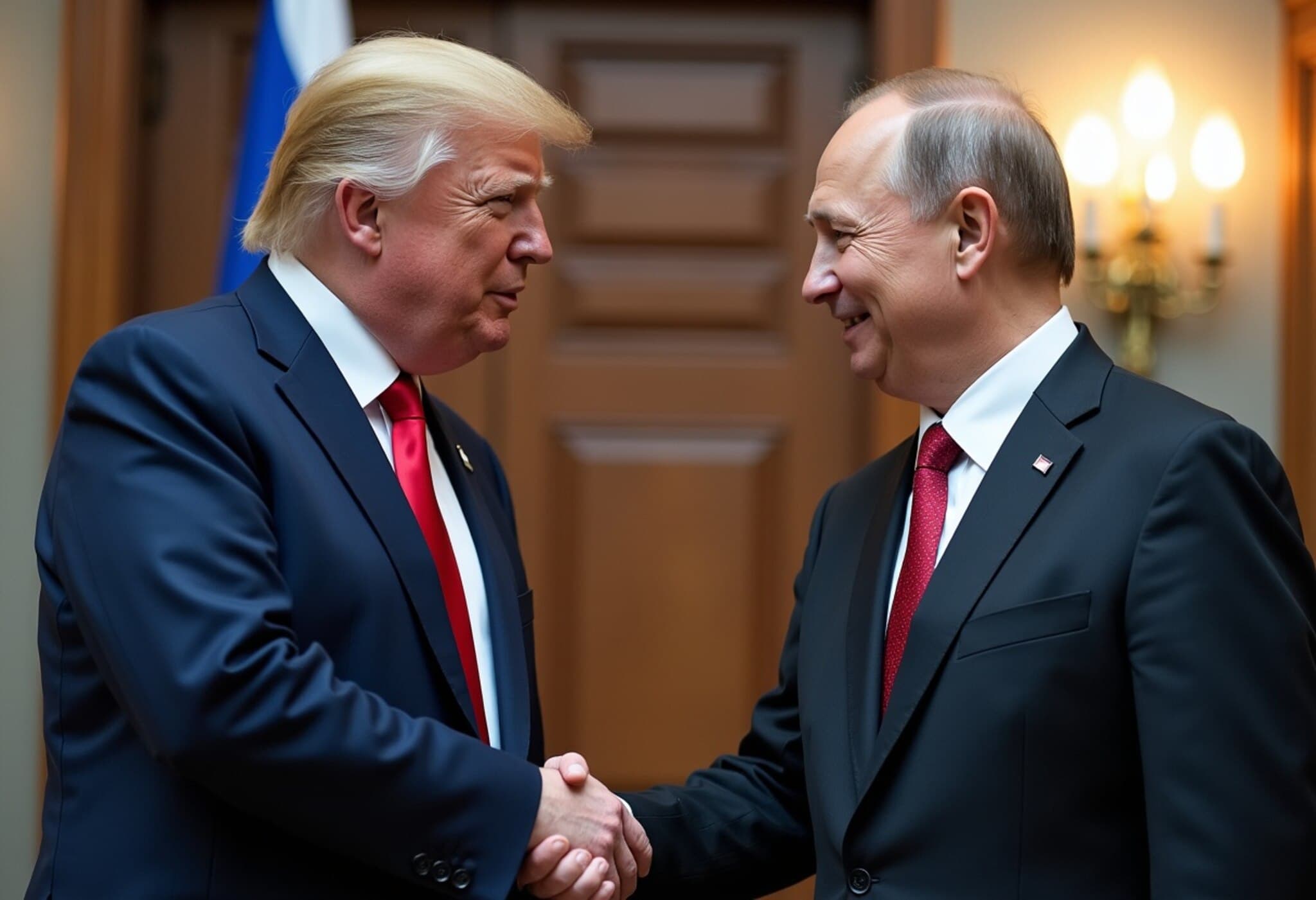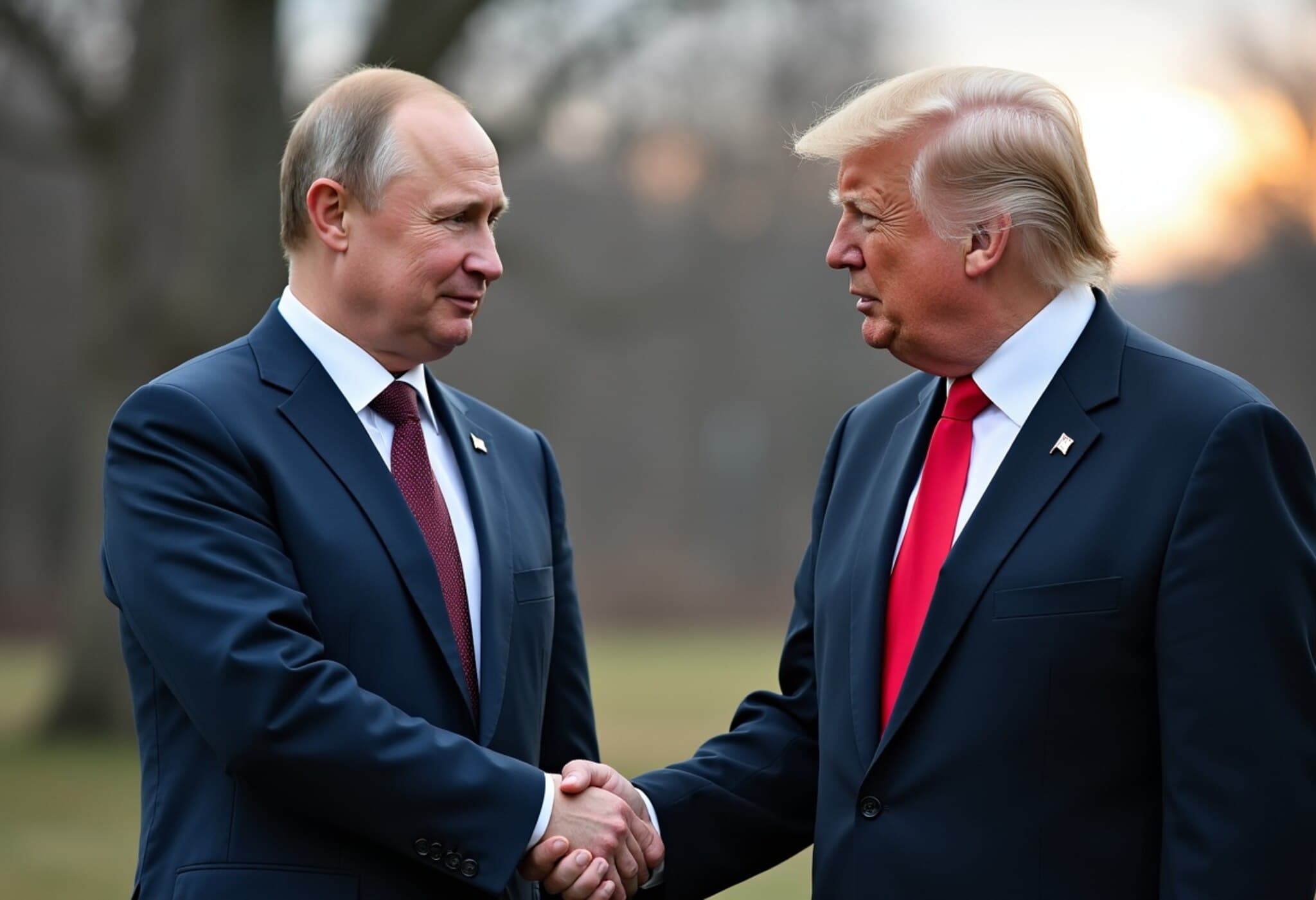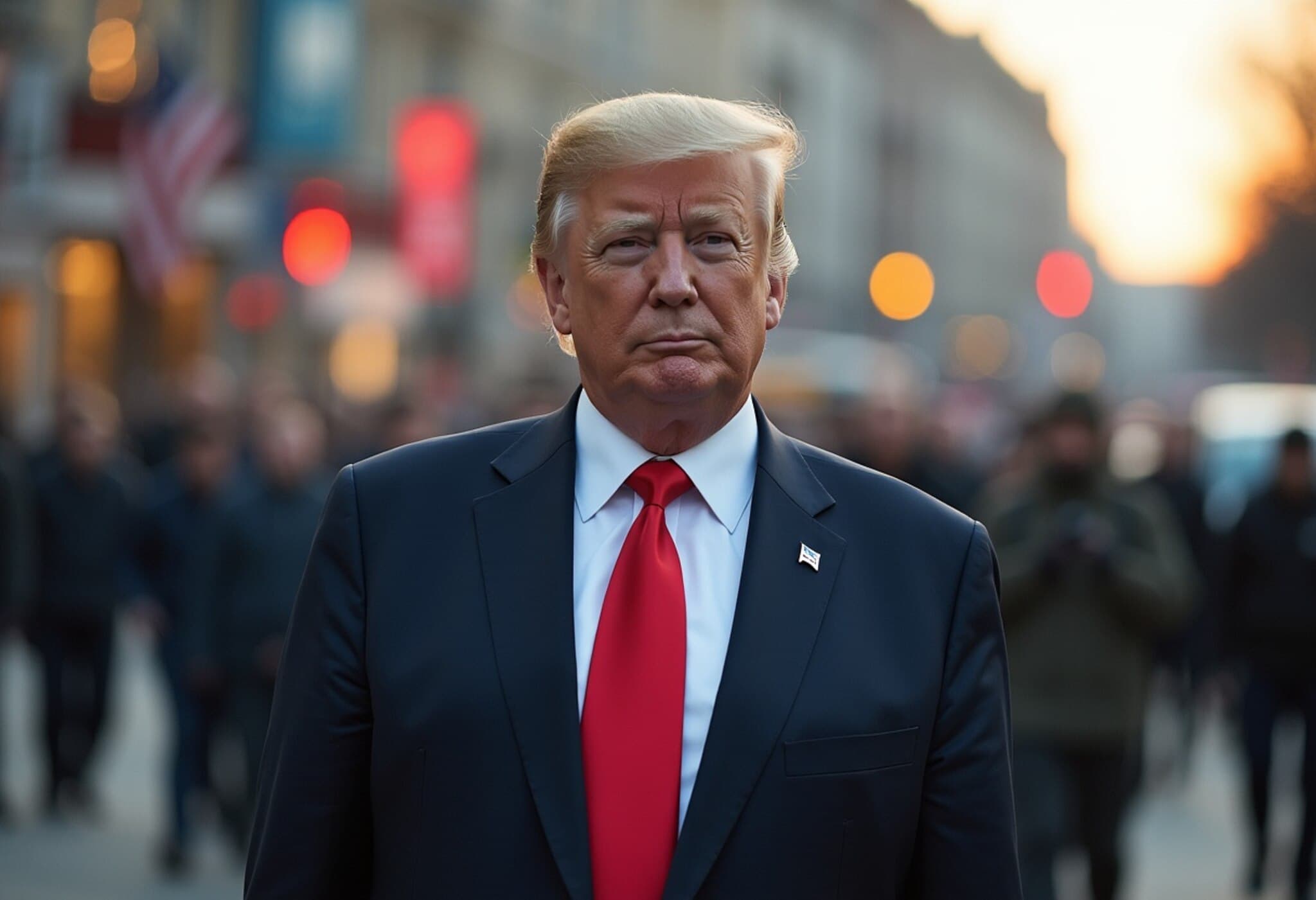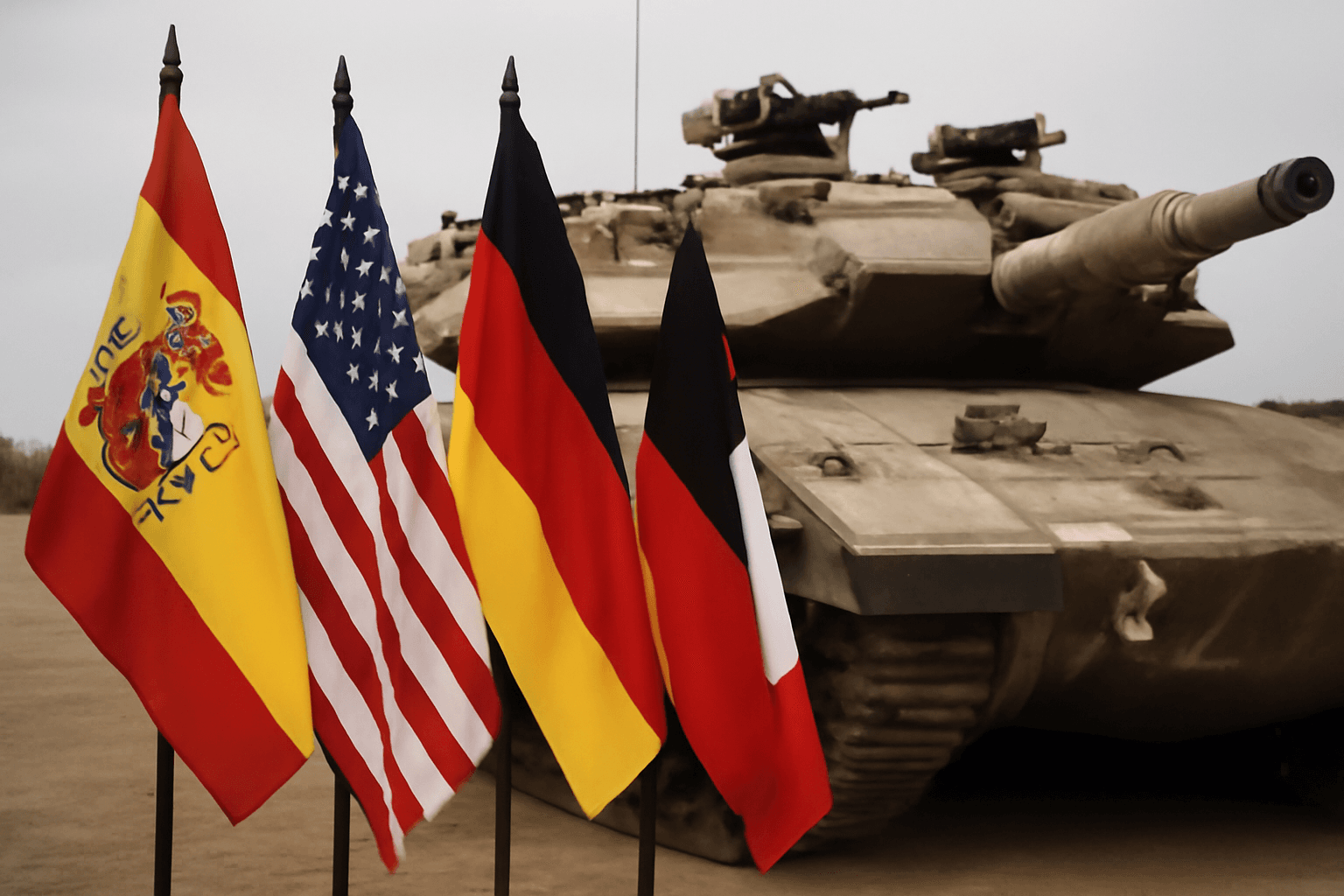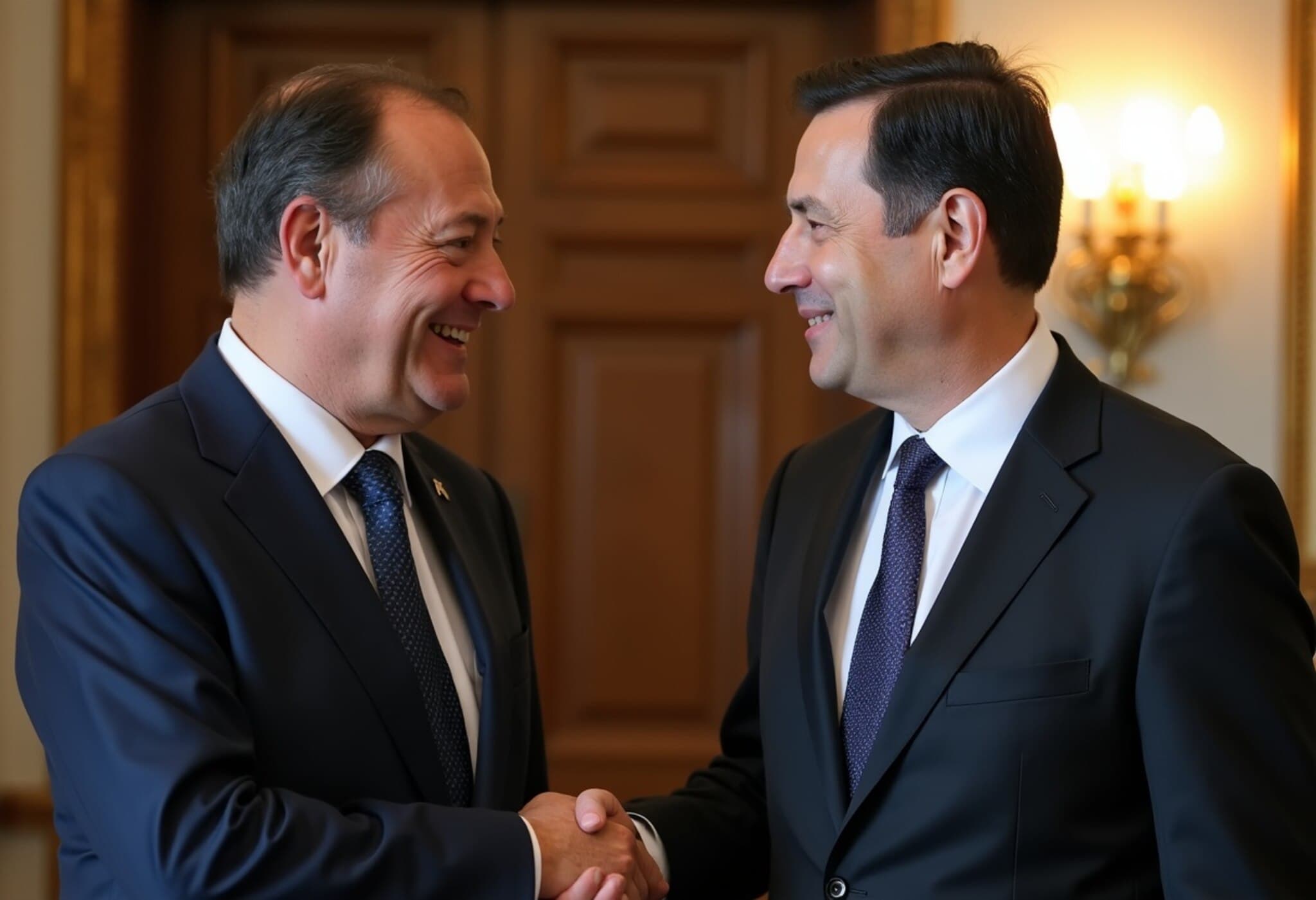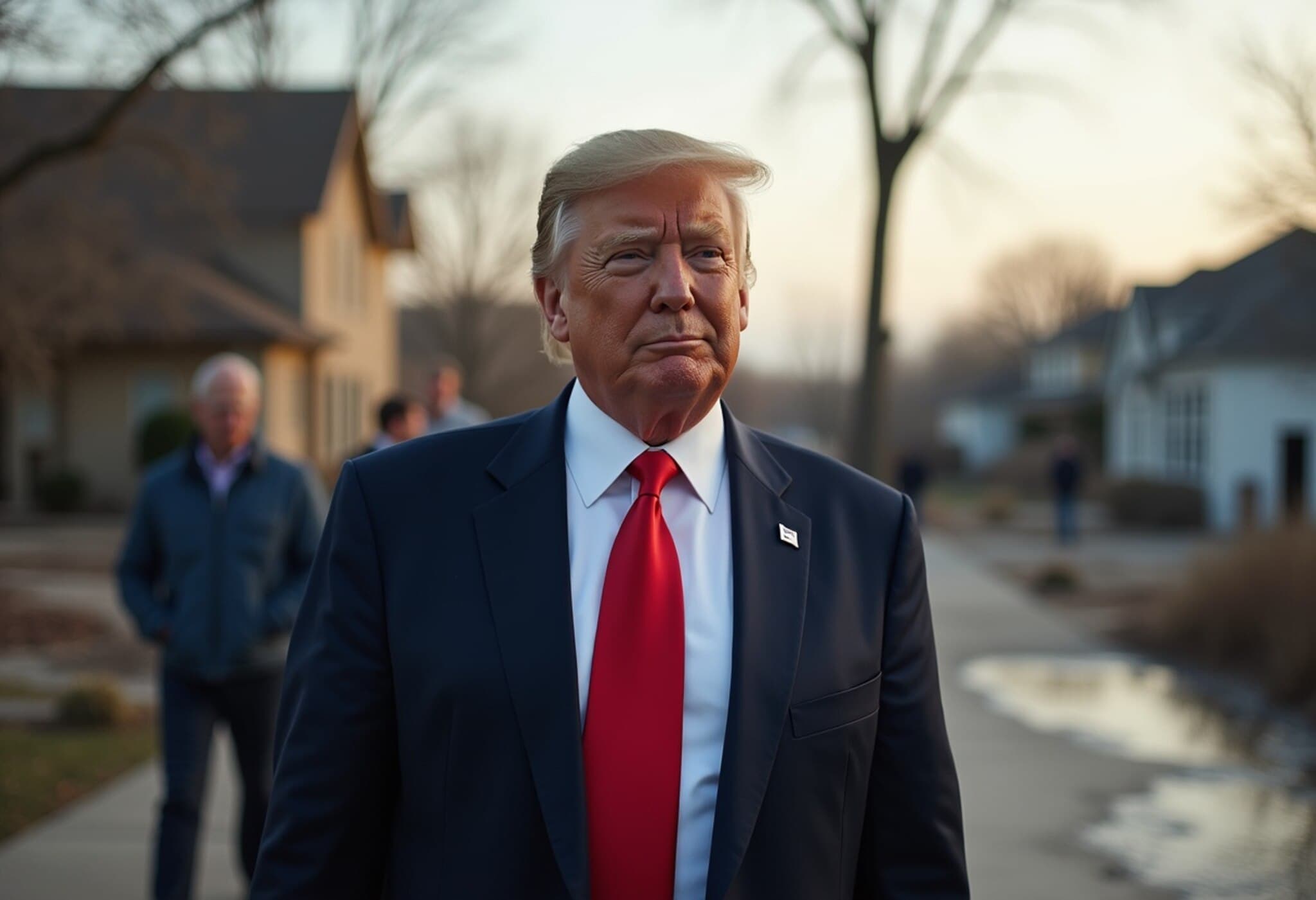US Military Aid to Ukraine Resumes as Conflict Escalates in Kyiv
In a significant development amid escalating hostilities, Ukrainian President Volodymyr Zelenskyy announced the resumption of US military shipments to Ukraine. This reversal comes after a brief pause last week that sparked concerns over Ukraine's ability to defend itself against Russia's relentless offensive.
Pause and Resumption: A Brief Overview
Last week, Washington temporarily halted its transfer of defensive arms to Kyiv, raising alarms over potential vulnerabilities in Ukraine’s defense capabilities. However, after Zelenskyy publicly voiced concerns regarding the impact of this pause on Ukraine’s military readiness, the US swiftly reinstated the shipments.
This supply chain renewal includes the much-needed Patriot missile systems—renowned globally for their effectiveness in detecting and intercepting enemy missiles. Ukraine had specifically requested an additional 10 Patriot missiles, underlining their vital role in bolstering the country’s air defense amid intensified Russian attacks on Kyiv.
US-NATO Coordination on Arms Delivery
In a recent interview with NBC News, US President Donald Trump elaborated on a new strategic framework involving NATO in the arms transfer process to Ukraine. According to Trump, the US is now sending weapons to NATO, which in turn finances these deliveries fully and coordinates their provision to Ukraine.
- Trump explained: "We’re sending weapons to NATO, and NATO is paying for those weapons, 100%."
- This arrangement ensures NATO allies share logistical and financial responsibilities, streamlining support to Ukraine.
Looking Ahead: US Policy and Sanctions on Russia
While expressing disappointment over Russian President Vladimir Putin's ongoing aggression, President Trump signaled forthcoming policy actions. He hinted at delivering a "major statement" regarding Russia on the upcoming Monday, reflecting the administration’s heightened focus on the conflict.
Additionally, Trump reiterated expectations that the US Senate would soon pass a stringent sanctions bill against Russia. Highlighting presidential discretion on enforcement, Trump stated, "It’s at my option if I want to use it," emphasizing control over the pace and scope of economic measures targeting Moscow.
Expert Insights: Strategic and Geopolitical Implications
The resumption of US military aid, particularly the integration of the Patriot missile systems, represents a critical enhancement in Ukraine's defensive posture. Experts note that such air defense capabilities could shift the tactical momentum by mitigating Russia's aerial superiority, which has been pivotal in recent strikes on urban centers like Kyiv.
Moreover, the US approach of funneling weapons through NATO may serve dual purposes: diluting direct US involvement perception while reinforcing NATO's role as a collective security organization amid Eastern European tensions.
From a legal and policy standpoint, this coordination reflects the nuanced balance Washington seeks to maintain—supporting Ukraine robustly without escalating to direct confrontation with Russia, which could have far-reaching geopolitical consequences.
Unanswered Questions and Regional Relevance
- How sustainable is the current supply chain amid increasing global demand for defense equipment?
- What are the prospects for diplomatic engagement alongside heightened military support?
- How will NATO’s increasing role affect alliance cohesion and burden-sharing dynamics?
For the United States and its allies, the stakes remain high. The outcomes of these strategic decisions will reverberate far beyond Ukraine’s borders, influencing future security architectures and international norms governing conflict intervention.
Editor's Note
The resumption of US military shipments to Ukraine amid ongoing Russian attacks underscores the complex interplay between military aid, international alliances, and geopolitical strategy. As the conflict evolves, it is essential to watch how NATO's amplified role reshapes Western support mechanisms and whether diplomatic paths can keep pace with military escalations. This development invites a deeper reflection on the long-term implications of proxy conflict dynamics and the balance between deterrence and de-escalation.


